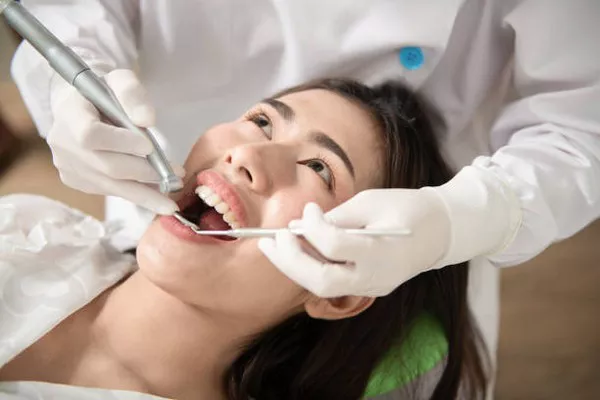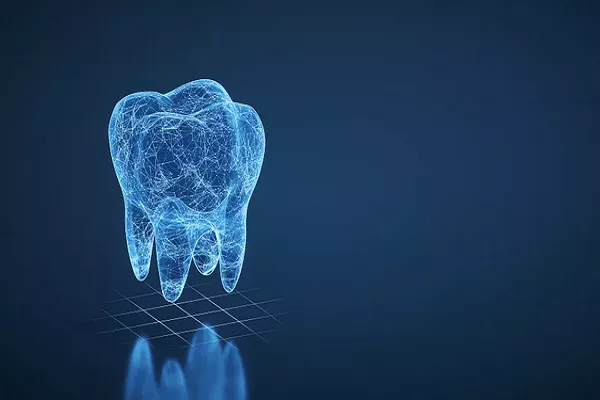Gingivitis, characterized by inflamed and bleeding gums, is a common oral health issue that affects millions of people worldwide. While it typically develops over time due to poor oral hygiene habits, there are steps you can take to alleviate symptoms and begin the process of healing in just one day. In this article, we’ll explore immediate care strategies, effective oral hygiene techniques, mouthwash recommendations, home remedies, dietary adjustments, the importance of professional intervention, and managing expectations for treating gingivitis.
Immediate Care
The first step in addressing gingivitis is to recognize the urgency of starting treatment. Gingivitis is a precursor to more severe gum disease and can lead to irreversible damage if left untreated. Therefore, it’s essential to take action as soon as symptoms arise to prevent further complications.
Upon noticing symptoms such as swollen, tender, or bleeding gums, it’s crucial to prioritize oral hygiene and seek immediate care. Ignoring gingivitis can lead to the progression of gum disease, which may require more extensive and costly treatments down the line.
Oral Hygiene Techniques
Effective oral hygiene is key to managing and preventing gingivitis. Proper brushing and flossing techniques help remove plaque, the sticky film of bacteria that contributes to gum inflammation.
When brushing your teeth, use a soft-bristled toothbrush and fluoride toothpaste. Brush gently in circular motions, ensuring to cover all surfaces of the teeth and gums. Pay special attention to the gumline, where plaque tends to accumulate.
In addition to brushing, flossing is essential for removing plaque and food particles from between the teeth and along the gumline. Use a gentle sawing motion to guide the floss between teeth, being careful not to snap it against the gums, which can cause irritation.
Mouthwash Recommendations
In addition to brushing and flossing, using an antibacterial mouthwash can help reduce bacteria and inflammation in the mouth. Mouthwashes containing chlorhexidine are particularly effective at combating gingivitis and promoting gum health.
After brushing and flossing, rinse your mouth thoroughly with the mouthwash according to the manufacturer’s instructions. Swish the solution around your mouth for the recommended duration to ensure maximum effectiveness.
Home Remedies
In addition to commercial mouthwashes, several home remedies can help soothe inflamed gums and reduce bacteria. One popular home remedy is a saltwater rinse, which has natural antibacterial properties and can help alleviate discomfort associated with gingivitis.
To make a saltwater rinse, dissolve half a teaspoon of salt in a glass of warm water. Gargle the solution in your mouth for 30 seconds to a minute, then spit it out. Repeat this process several times a day, especially after meals and before bed.
Dietary Adjustments
Diet plays a significant role in oral health, and certain foods and drinks can exacerbate gingivitis symptoms. Sugary foods and beverages, in particular, provide fuel for bacteria to thrive and contribute to plaque buildup.
To help manage gingivitis, avoid sugary snacks, sodas, and other high-sugar foods and drinks. Instead, opt for a balanced diet rich in fruits, vegetables, lean proteins, and whole grains. Drinking plenty of water throughout the day also helps flush out bacteria and maintain oral health.
Professional Intervention
While some improvements can be made in a day with proper oral care, it’s essential to recognize that gingivitis is a chronic condition that requires ongoing management. Professional dental care is crucial for completely treating gingivitis and preventing its recurrence.
Schedule an appointment with your dentist as soon as possible to assess the severity of your gingivitis and develop a personalized treatment plan. Your dentist may recommend professional cleanings to remove hardened plaque (tartar) from your teeth and gums, as well as other treatments to address any underlying issues contributing to your gingivitis.
Managing Expectations
While it’s possible to alleviate symptoms of gingivitis in a day, complete eradication of the condition requires time and consistent effort. Managing expectations is essential to maintaining motivation and staying committed to oral health.
Understand that while symptoms such as gum inflammation and bleeding may improve quickly with proper care, reversing the effects of gingivitis and restoring gum health may take weeks or even months. Be patient with yourself and stay committed to following your dentist’s recommendations for oral hygiene and professional treatment.
Conclusion
Getting rid of gingivitis in one day requires immediate care, effective oral hygiene techniques, mouthwash recommendations, home remedies, dietary adjustments, professional intervention, and managing expectations. By taking proactive steps to address gingivitis promptly and maintaining a consistent oral care routine, you can improve gum health and prevent further complications down the line. Remember, your oral health is an essential part of your overall well-being, so prioritize it accordingly.
FAQs about Gingivitis
1. How to tell if gingivitis is healing?
You can observe several signs to determine if gingivitis is healing. These signs include reduced gum inflammation and tenderness, less bleeding during brushing or flossing, and a pinker, healthier appearance of the gums. Additionally, if you were experiencing bad breath due to gingivitis, you might notice an improvement in your breath odor as healing progresses.
2. Do gums go back to normal after gingivitis?
With proper treatment and oral care, gums can indeed return to a healthy state after gingivitis. This involves consistent oral hygiene practices such as brushing twice a day, flossing daily, and regular visits to the dentist for professional cleanings. However, it’s essential to address gingivitis promptly, as prolonged inflammation can lead to more severe gum disease and irreversible damage.
3. How late is too late for gingivitis?
Gingivitis can be treated at any stage, but the sooner it’s addressed, the better. If left untreated, gingivitis can progress into more severe forms of gum disease, such as periodontitis, which can cause irreversible damage to the gums and underlying bone. Therefore, it’s crucial to seek treatment as soon as you notice signs of gingivitis, such as swollen or bleeding gums.
4. What does a bad case of gingivitis look like?
A severe case of gingivitis may present with several noticeable symptoms. These can include persistent bad breath, swollen and tender gums, gums that bleed easily, receding gums, and a change in the color of the gums from healthy pink to a darker red or even purple in severe cases. Additionally, you may experience pain while chewing or sensitivity to hot or cold foods and drinks. If you notice any of these symptoms, it’s essential to seek dental care promptly to prevent further complications.
You Might Be Interested In
































